Congratulations.
Fatemeh won the best paper presentation at the 2022 Korean ITS Society Spring Conference with the research topic “Deajeon traffic accident clustering based on machine learning and deep learning”.

Congratulations.
Fatemeh won the best paper presentation at the 2022 Korean ITS Society Spring Conference with the research topic “Deajeon traffic accident clustering based on machine learning and deep learning”.

축하합니다.
한국과학기술단체 총연합회가 제정한 ‘제 32회 과학기술우수논문상’ 으로 정재은 석사과정 학생이 선정되었습니다.
논문제목은 “GPS Trajectory data 기반 통행비용함수 보정방안”으로 정재은, 오태호, 김인희가 저자로 참여하였습니다.
시상편수는 총 248편이다. ▲이학 34편 ▲공학 88편 ▲농수산학 41편 ▲보건 56편 ▲종합 29편입니다.
정재은 학생은 이중 종합편에서 수상하였습니다. 축하합니다.

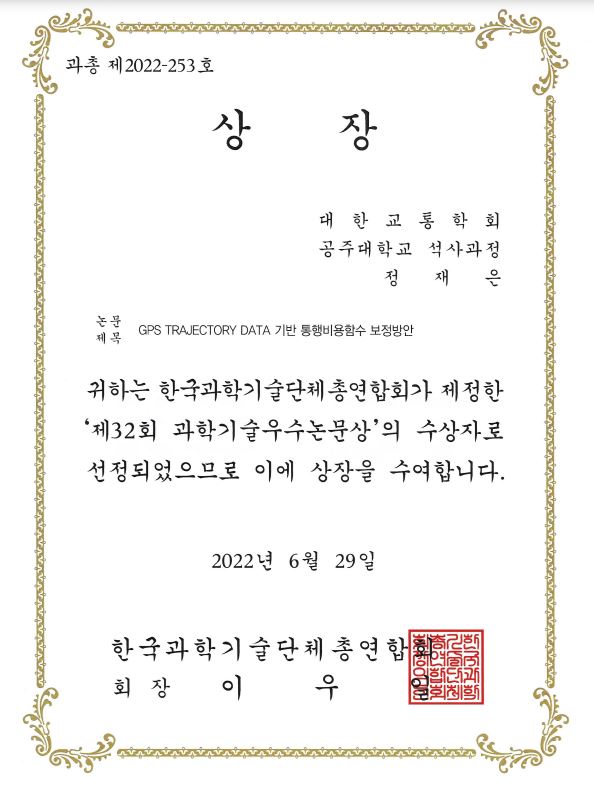
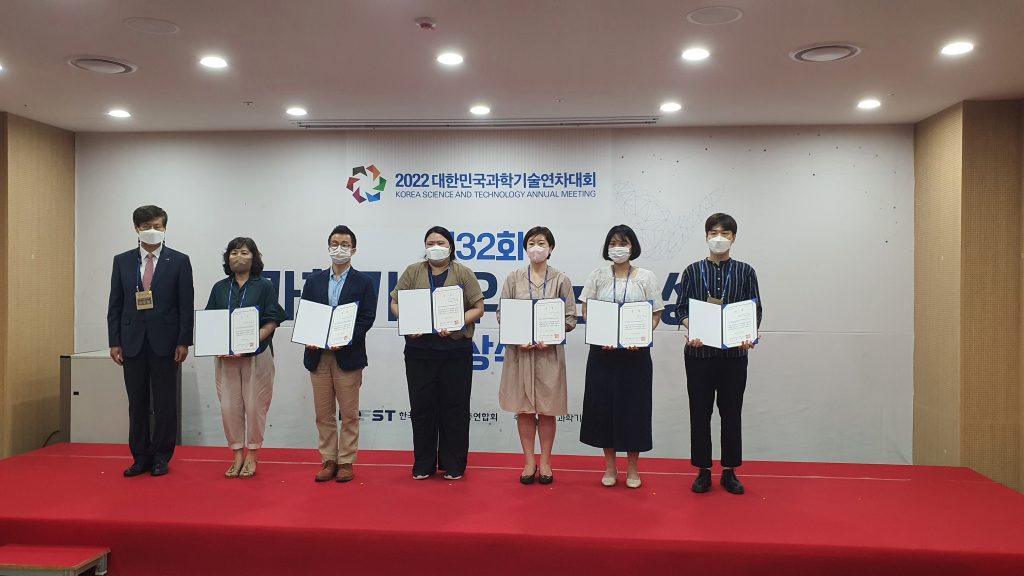
Congratulations.
Our 4th year students Jaehyeok Lim, Songmi Baek, and Dohyeon Kim won the grand prize in the special session for undergraduate students at the 2022 Korean ITS Society Spring Conference with the research topic “Traffic Prediction of VDS Detector Through Machine Learning”.


Tupa 가 2022년 4월 21일~22일 경주화백컨밴션센터에서 개최된 대한교통학회 제 86회 학술발표회에서 우수논문으로 3편이 선정되었습니다. 우리 학생들 쵝오!!!



86회 춘계 교통학회 학술대회에 8편의 논문을 발표하였습니다.

















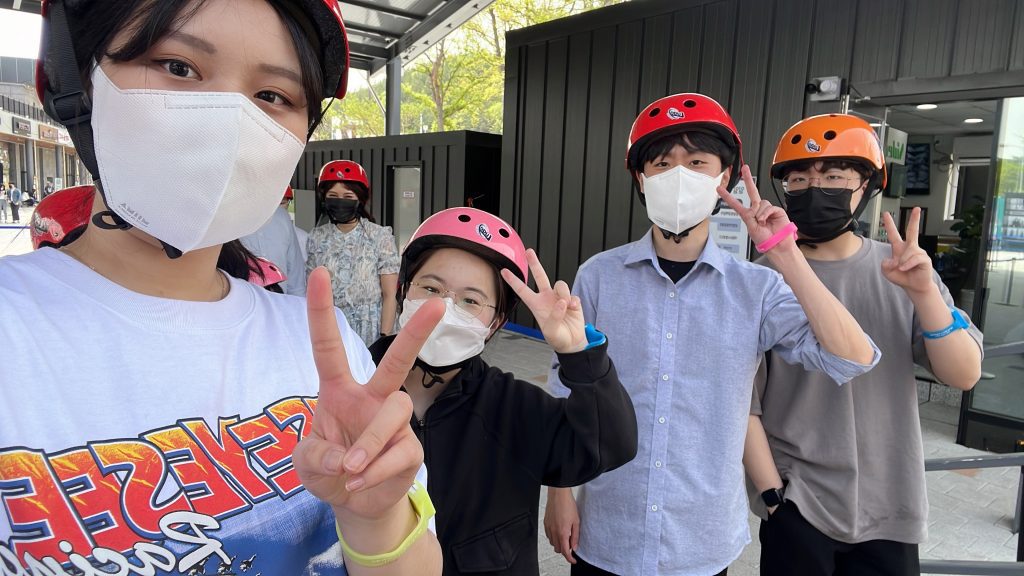



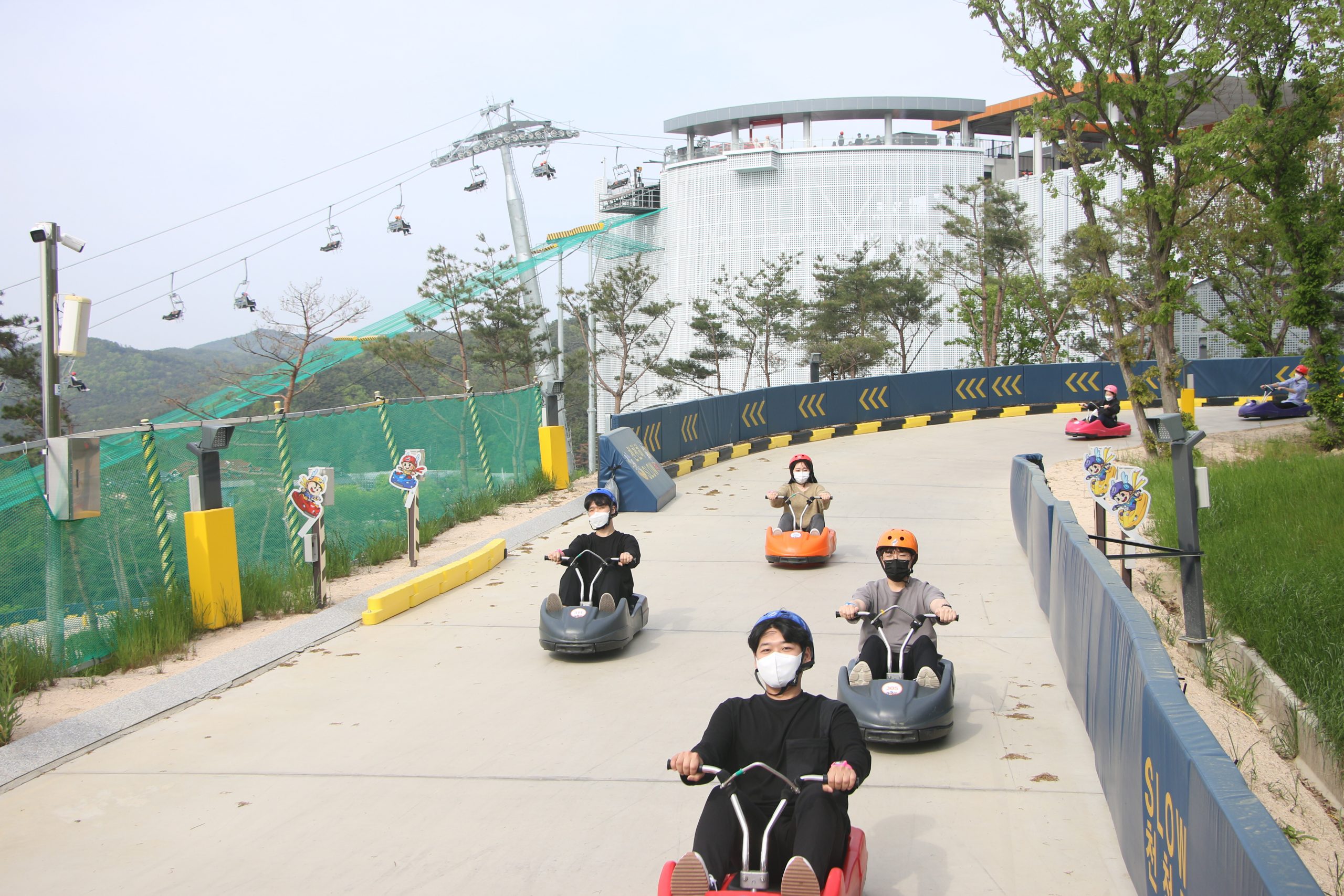








What a big achievement!!!!
Jaeeun wins the best paper of the year 2021 from the Journal of Korean Society of Transportation. The paper title is “VDF calibration based on GPS trajectory data”.



월드컵 최종 예선전 대한민국:이란 2:0!!


















공주대학교 홍보동영상을 위하여 TUPA가 지원하였습니다. 공과대학의 홍보자료이자 TUPA홍보 자료로 쓰일 예정입니다.
와주신 PD님 이하 스탭분들 수고 많으셨습니다.
세팅 준비하느라 TUPA 고생많았고 우리 모델들도 수고 많았습니다


















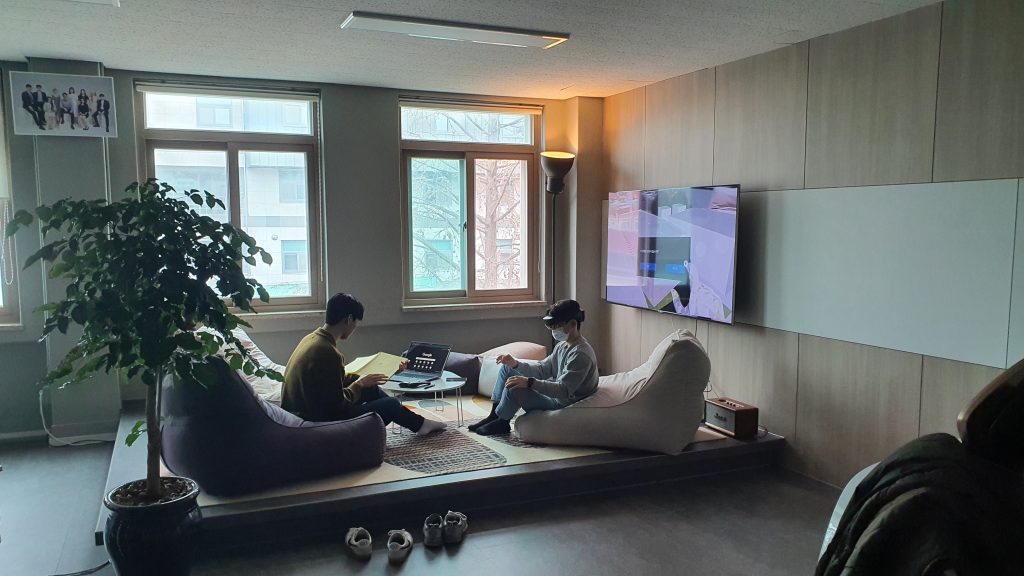

© 2025 TUPA. All rights reserved.